What kind of coffee beans is mantenin ateng? How to make a good coffee with gold mantning beans
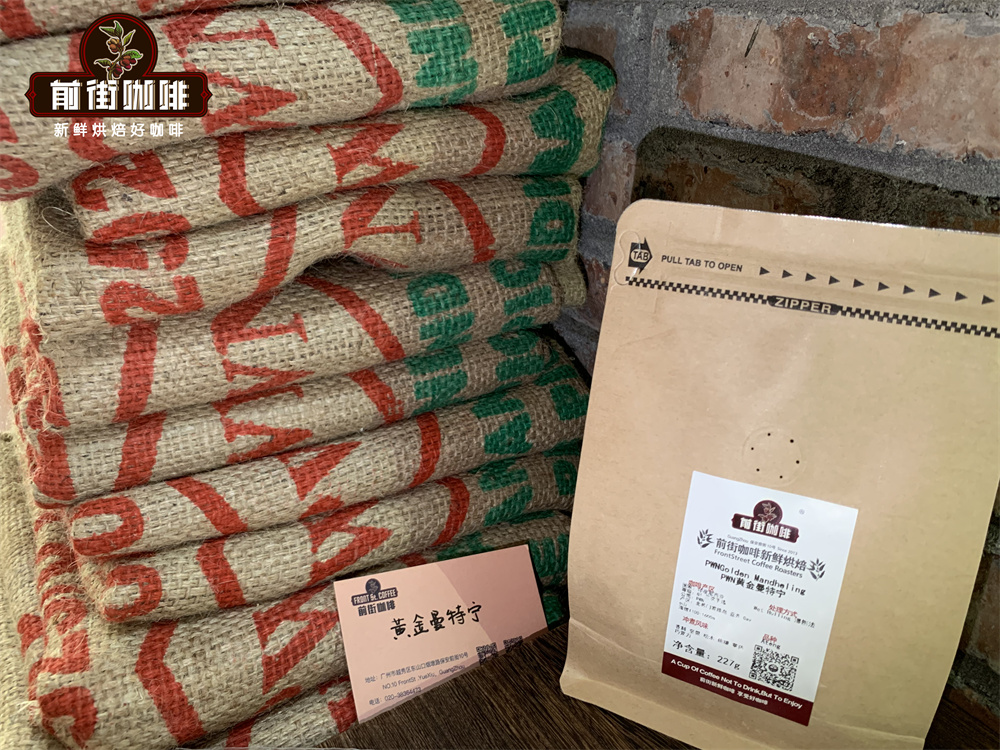
At present, the variety of gold manning coffee produced by PWN is Ateng, which is the local name of Indonesian farmers, which is actually Catimor. The coffee varieties originally grown in Indonesia are recognized as iron pickups with good flavor, which were introduced to Java by the Dutch at the end of the 17th century and are known as Bergendal or Sidikalang in Indonesia. So why did you change from an iron pickup to the current Katim?
Development of coffee cultivation in Indonesia
The beginning of Indonesian coffee dates back to the end of the 17th century, when the Netherlands captured Jakarta on the island of Java and turned it into the eastern headquarters of the Dutch East India Company. The Dutch successively introduced two batches of iron pickup saplings from India to Java for breeding. Until the 1870s, coffee-growing areas were established in Sumatra, Bali, Sulawesi and Timor in Indonesia, which soon expanded from the original island of Java to all of Indonesia. However, the good times did not last long, when the sudden coffee leaf rust in 1869 withered the coffee producing areas of Asia, including Indonesia, where large areas of tin card trees withered.
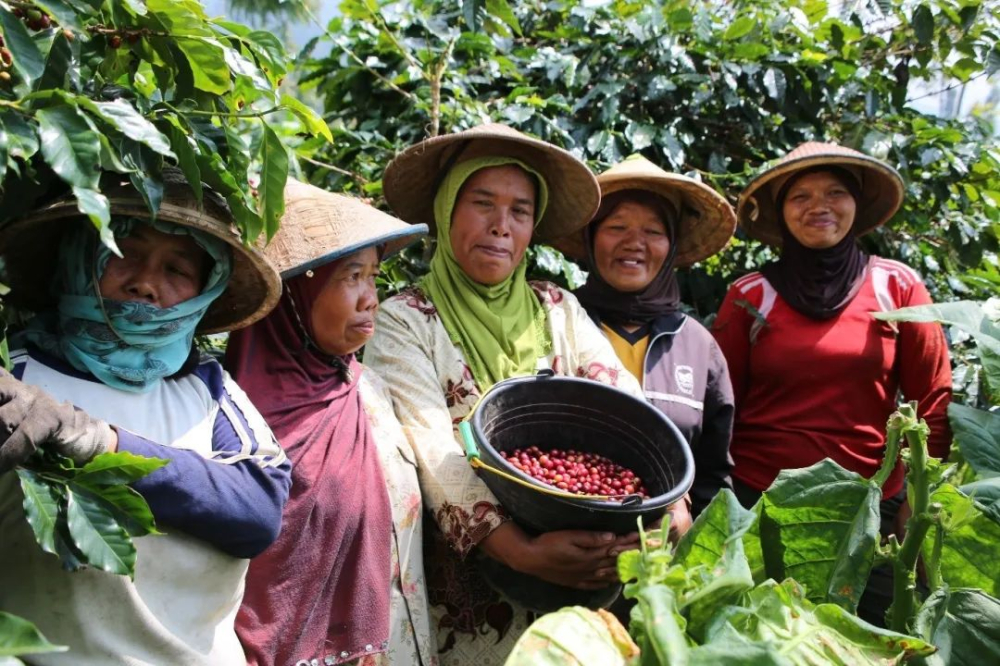
In order to save the destroyed coffee garden, the Indonesian government introduced Robusta varieties with stronger disease resistance from Africa and other places, and Robusta is still the main variety in Indonesia until now. In order to ensure plant survival and improve coffee yield, Indonesia continues to introduce a variety of disease-resistant varieties from other countries, including robusta and Arabica hybrid Tim varieties Tim Tim, Bor Bor and Katim series Ateng with good disease resistance, exuberant yield, and adapted to the native land of Sumatra, showing a unique fir herbal flavor. Soon Ateng and Tim Tim gradually replaced the original tin card and became the main varieties in Sumatra and other regions, accounting for 70% of the total Sumatran coffee.
Qianjie Indonesia Lindong Manning coffee rations beans are a mixture of Tim Tim and Ateng, which is treated by the common wet planing method in Indonesia, showing a strong bitter aroma of coffee, extremely sour, with the smell of herbs and spices, and a mellow and solid taste. It is a coffee with a high degree of recognition.
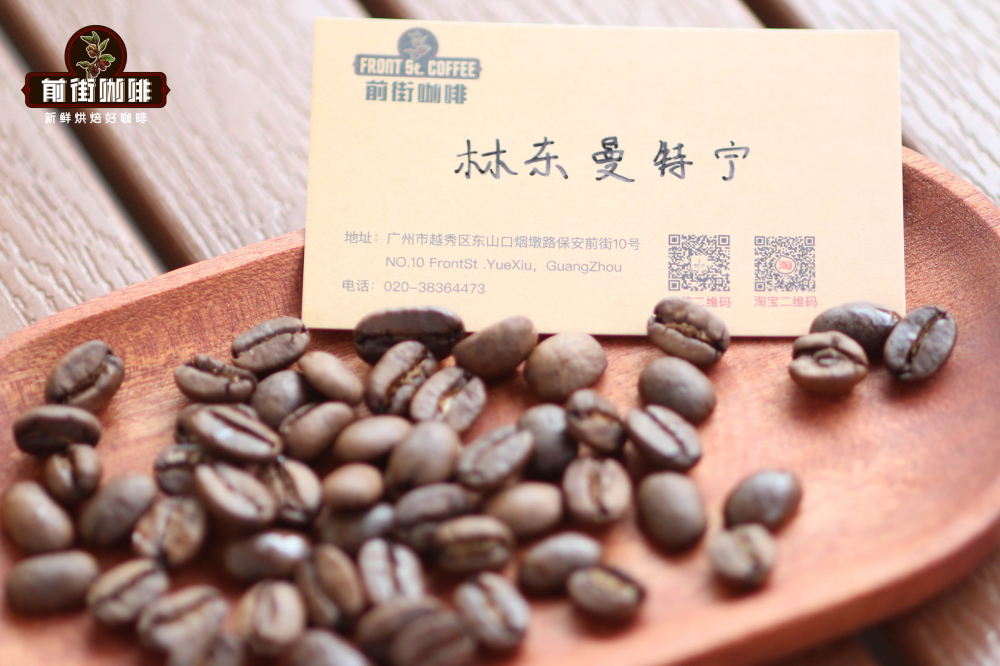
Sumatran semi-washing method-wet planing method
The humidity in Indonesia is 70%-90% all year round. If the coffee is washed with water, the raw beans will become moldy and deteriorate in the moist air before they are completely dry, so they have developed a semi-washing method that greatly shortens the treatment time. The wet planing method will first peel the coffee fruit with a planer and pour it directly into the pool to ferment for a few hours. At this time, a small amount of pectin will remain on the bean shell, which will be removed by brushing. Then the shell beans are dried, and when the raw beans reach 30% water content for the first time, the coffee farmers will sell the raw beans to the purchaser. The purchaser will shell the semi-dried shell beans directly, speed up the drying, and remove pectin and shell to get raw beans.
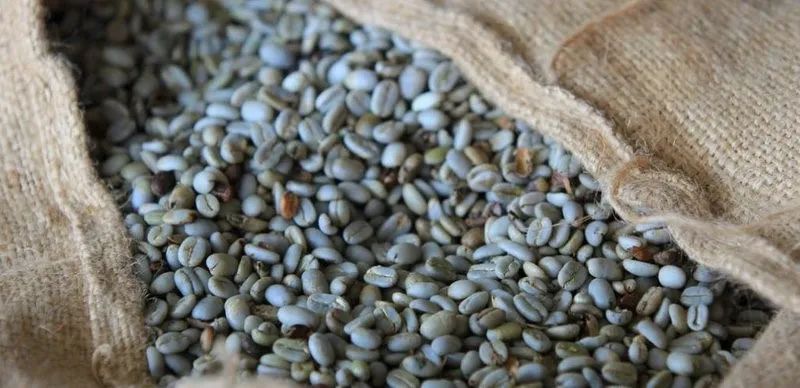
Obviously, wet planing shortens the fermentation period of coffee beans, decreases acidity, increases alcohol thickness, and increases the smell of vegetation and herbs. "naked beans" still absorb moisture from hot and humid air, forming the "smelly" smell of soil, herbs and cedar wood unique to Sumatra. After baking, it has a strong burnt flavor of dark chocolate, caramel and nuts, which is deeply loved by the Japanese who love deep-roasted coffee.
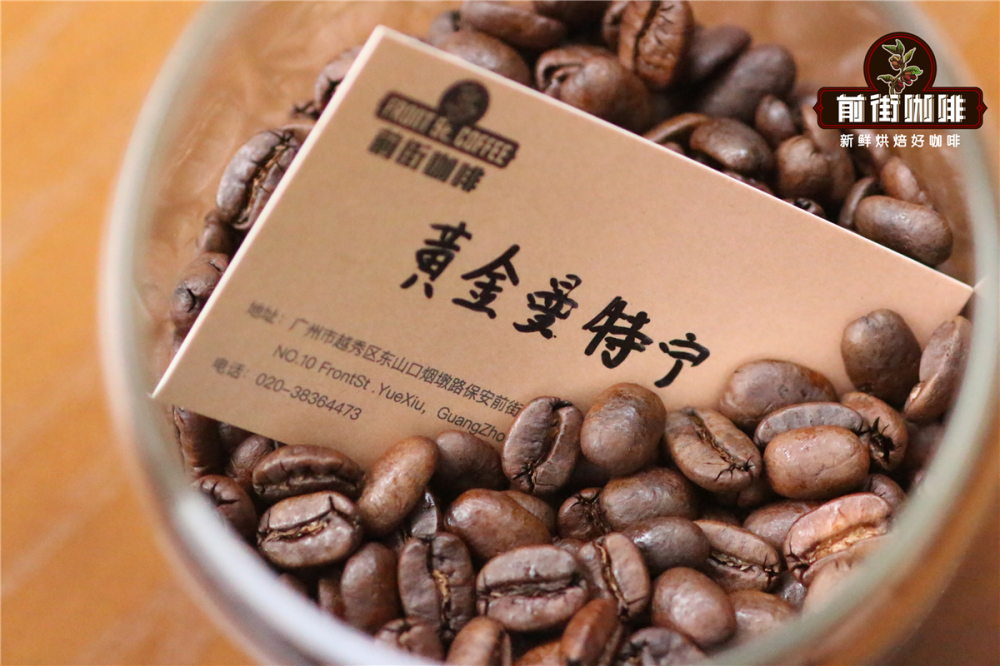
The Story of Golden Manning Coffee
During World War II, the battlefield spread from continental Europe to Asia. Indonesia, then a Dutch colony, was invaded by Japan in 1942 because the Netherlands declared war on Japan. Japanese troops landed on the island of Sumatra in February 1942. The Japanese, who already loved coffee at that time, felt the charm of Mantenin coffee processed by wet planing in northern Sumatra, and has since become a loyal fan of Mantenin.
Even rumors about the origin of the name of Manning Coffee are related to the Japanese, which is said to have been caused by a misunderstanding of pronunciation. During World War II, a Japanese soldier accidentally drank a cup of rich and mellow coffee in a local cafe. The soldier was so amazed that he asked the shopkeeper the name of the coffee. Because the wrong boss mistakenly thought the soldier was asking about his origin, he replied "Mandailing". After the war, Japanese soldiers commissioned Indonesian brokers to ship 15 tons of memory "manning coffee" to Japan, which was very popular. It can be said that the broker made Manning, and Manning also made the broker the founder of the now famous PWN coffee company.
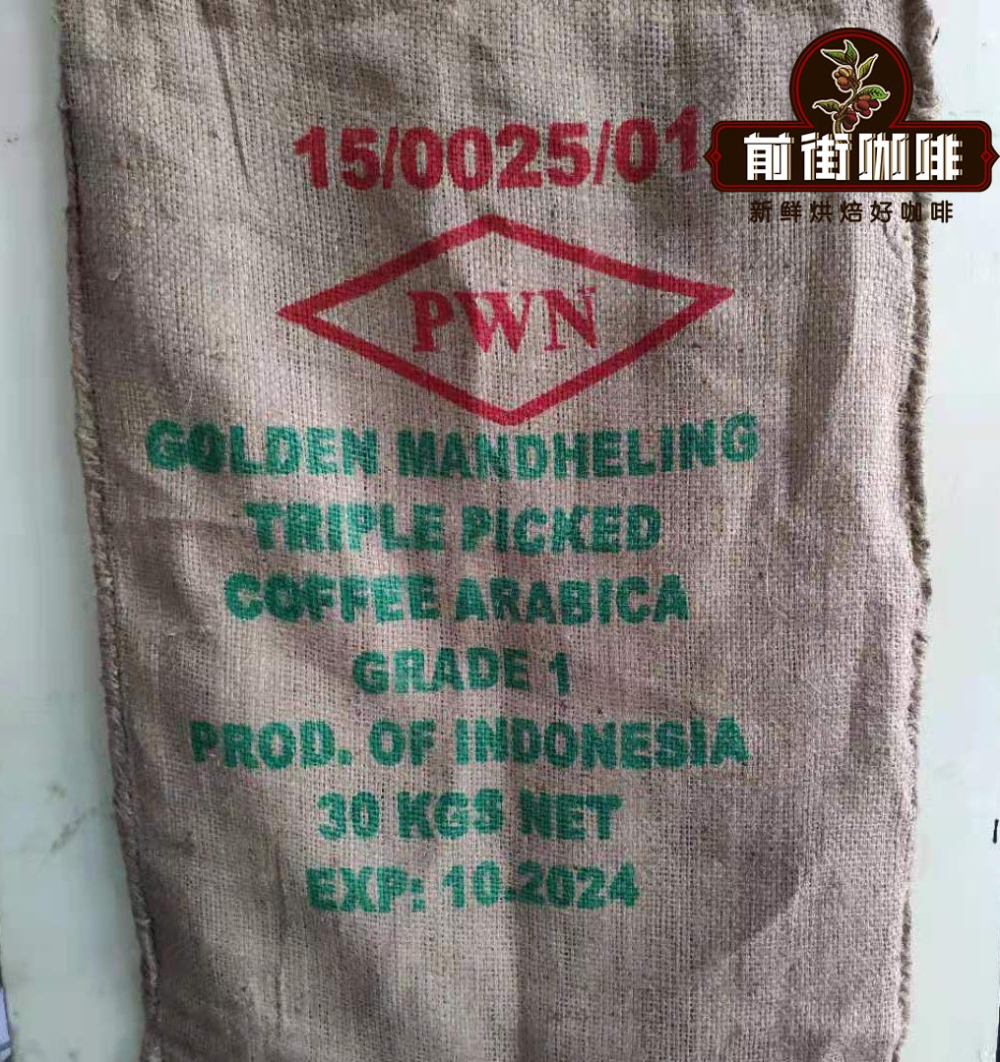
PWN company mainly buys local high-quality batches of mantenin raw beans and only produces boutique-grade mantenin. "Golden manning" is his family's signature product. At that time, the Japanese took a fancy to Sumatran coffee after buying it for a long time, and gradually found that the quality of local beans was often mixed. So he paid more attention to the production of Mantenin and began to formulate strict standards and methods for screening defects, including bean density, specification, shape, chromaticity and so on. The resulting Mantenin needs 1 machine selection + 4 manual selection to remove defects, to ensure that the resulting Mantenin particles are complete, uniform, large and bright, but also reduce the soil and fishy smell of Mantenin. It is rumored that it is golden in the sun, so it is named "Golden Manning".
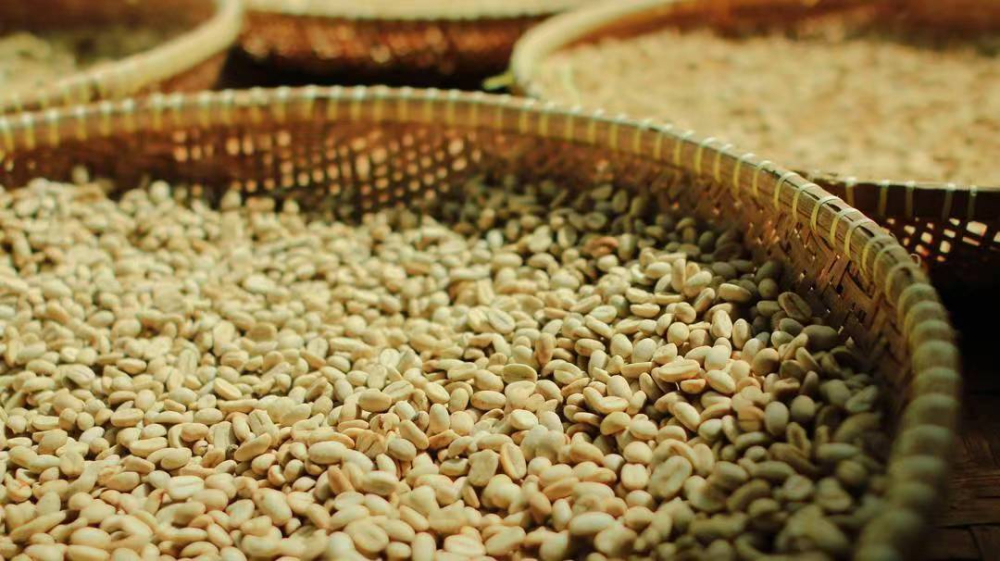
With the growing market for boutique mantenin coffee, PWN realized the importance of the trademark and registered "Golden Manning" as an exclusive trademark in English earlier than the Japanese. Therefore, only the gold manning produced by PWN can be regarded as the real "golden manning", while the Japanese can only change the name to "tripod manning". The gold manning from Qianjie is of course an authentic product from PWN. You can identify the authentic gold manning according to the raw bean sack with the PWN logo and a certificate of origin signed by PWN. Qianjie displays these two logos in the Dongshankou store.
How does gold manning cook well?
Some guests will ask Qianjie: which kind of Manning is better? If you are a novice coffee novice and want to understand the different flavors of the producing areas first, Qianjie suggests starting with our cost-effective Lindong Mantenin rations beans, so that you can understand the flavor characteristics of many major producing areas, and then choose the type you like. But if you are already a coffee glutton, Qianjie believes that PWN gold manning coffee is a good choice.
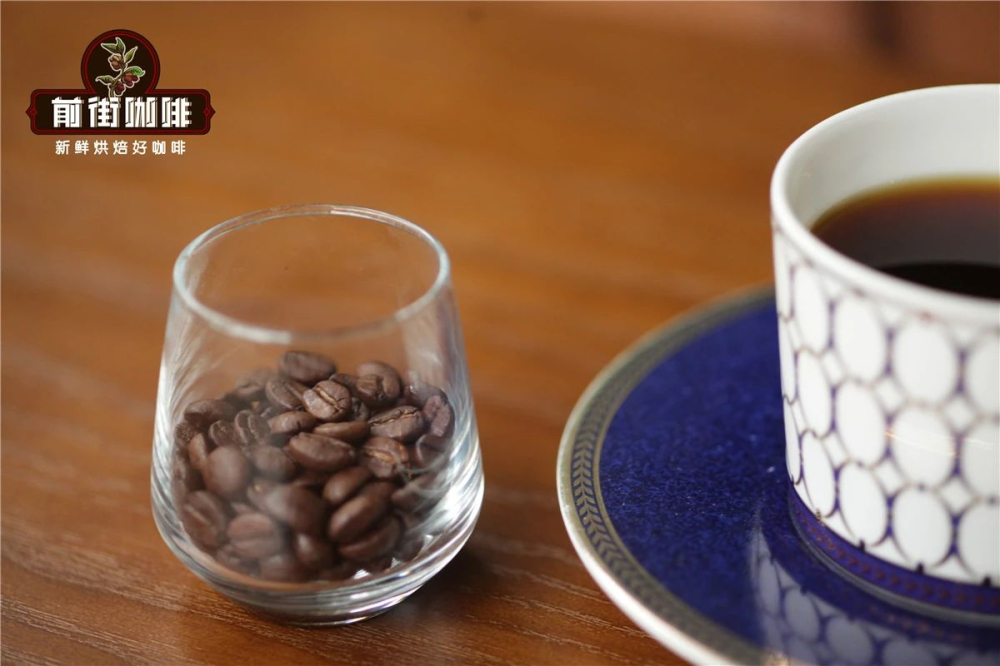
Manning shows a full aroma of roasted coffee and solid taste, suitable for a variety of brewing and extraction methods, such as hand brewing, siphon pot, French pressure pot, Philharmonic pressure, mocha pot. Qianjie's favorite way is to taste the rich taste of Golden Manning coffee in the form of hand-made black coffee.
In the front street to express the thickness of alcohol coffee beans like to choose KONO filter cup to extract, KONO filter cup only the middle and lower part of the short ribs, the upper half of the filter cup is a smooth surface, so when we wet the filter cup, can closely fit with the filter paper, coffee in the extraction exhaust is limited, so the retention time of hot water in the filter cup increases, the coffee extraction rate increases, the concentration also increases, and the coffee taste is more full-bodied and mellow. The KONO filter cup is also suitable for beans with mellow flavors such as Brazilian Queen's Manor Coffee.
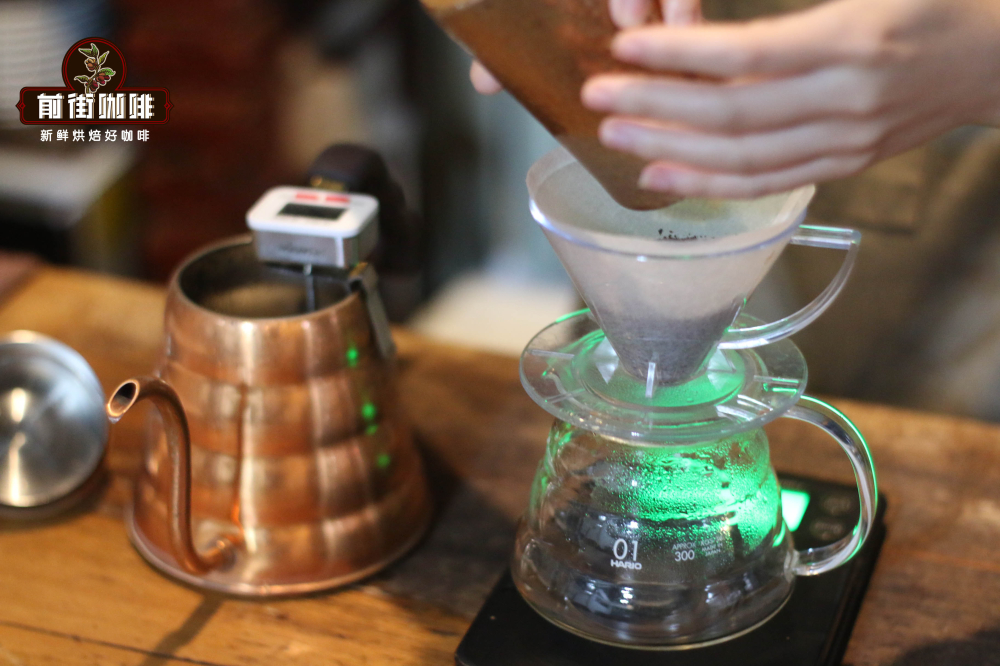
Generally speaking, the Qianjie product will choose 15g coffee powder, and the selection of the powder quantity is usually based on the size of the filter cup design, while the Qianjie filter cup is suitable for 1-2 people to drink, which can be between 15-20g powder, and too much powder can easily affect the extraction. As for the choice of powder-liquid ratio, 1:15 is the most commonly used. It is OK within the ratio of 1-13-17. Qianjie thinks that everyone has different tastes. 1:13 may be too strong for some people, and 1:17 will be too light for some people, so the middle value will be taken at 1:15.
Brewing and cooking parameters: KONO filter cup, water temperature of 87 degrees Celsius, ratio of powder to liquid at 1:15, grindness of 70% of China Standard 20 sun-screened filter, 15g coffee powder, three-stage extraction.
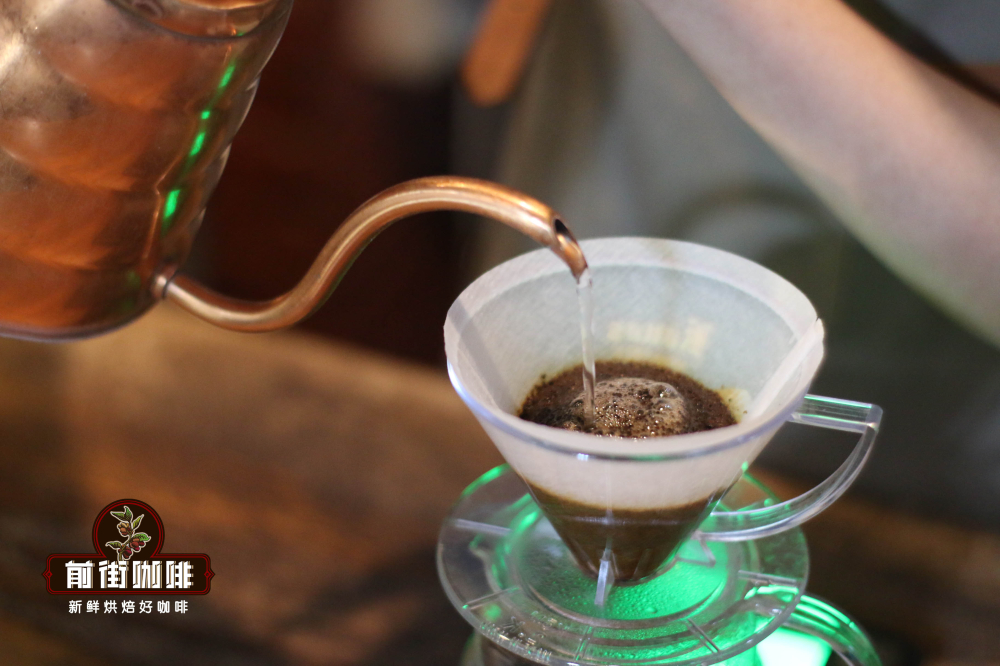
First wet the filter cup, closely fit the filter paper with the filter cup, then pour in the ground coffee powder and pat the powder layer as far as possible. Pour 30g of hot water from the center and start steaming for 30s, and you can see that the deep-baked Mantenin coffee forms a tall drum. Then start the uniform injection of the second stage until the liquid weight is 125g, and when the coffee liquid drops to half of the position, start to inject the last 100g, pay attention to the smooth injection of small water throughout the process to avoid uneven extraction. After all the coffee drops have been filtered, you can remove the filter cup, shake well and share the coffee liquid in the pot and begin to taste.
The brewing parameters mentioned in front street are based on fresh coffee beans, so freshly roasted coffee is the first condition here. The coffee beans shipped on the front street are freshly roasted within 5 days, and the coffee is just within the best taste period when it is received from the logistics, so it is hoped that every guest can drink the best coffee with the most complete flavor.
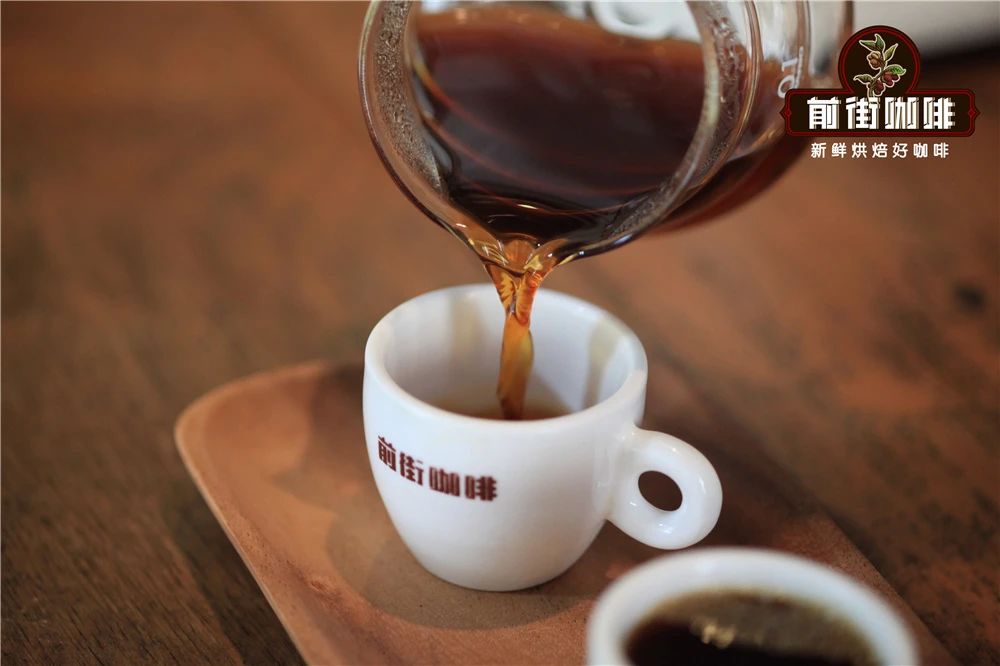
The freshly brewed PWN Gold Manning Coffee obviously has a solid taste, with stronger aromas of Chinese fir, spices, dark chocolate and roasted hazelnuts, with a clean finish and a higher flavor, with a sweet and finish of caramel.
Professional coffee knowledge exchange more coffee bean information please follow the coffee workshop (Wechat official account cafe_style)
For more boutique coffee beans, please add private Qianjie coffee on Wechat. WeChat account: qjcoffeex
Important Notice :
前街咖啡 FrontStreet Coffee has moved to new addredd:
FrontStreet Coffee Address: 315,Donghua East Road,GuangZhou
Tel:020 38364473
- Prev
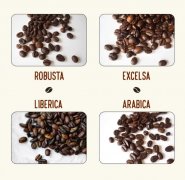
How many kinds of coffee beans are there? Different types of black coffee introduce mocha pot black coffee will be stronger? How?
You should often hear the names of Arabica and Robusta coffee beans. Do you know the difference between them? Qianjie is here to tell you the specific differences between them, and how many kinds of coffee will there be in the world? Arabica coffee is the most popular type of coffee, no doubt. According to the person you asked, many coffee lovers
- Next

Starbucks selects flavor characteristics of Costa Rican coffee influence of small Candle Manor on small Coffee Factory
Starbucks selects Costa Rican Coffee Candle Manor sweet orange and caramel flavor. This coffee is brought to you by the Sanchez family, which has grown coffee for five generations. Named after the fireflies that twinkle on summer nights, La Candelilla stands for warmth, light and love and the extraordinary flavor it produces. La Candelilla was the pioneer of micro-mills: it was the first micro-mills established in 2000
Related
- Detailed explanation of Jadeite planting Land in Panamanian Jadeite Manor introduction to the grading system of Jadeite competitive bidding, Red bid, Green bid and Rose Summer
- Story of Coffee planting in Brenka region of Costa Rica Stonehenge Manor anaerobic heavy honey treatment of flavor mouth
- What's on the barrel of Blue Mountain Coffee beans?
- Can American coffee also pull flowers? How to use hot American style to pull out a good-looking pattern?
- Can you make a cold extract with coffee beans? What is the right proportion for cold-extracted coffee formula?
- Indonesian PWN Gold Mandrine Coffee Origin Features Flavor How to Chong? Mandolin coffee is American.
- A brief introduction to the flavor characteristics of Brazilian yellow bourbon coffee beans
- What is the effect of different water quality on the flavor of cold-extracted coffee? What kind of water is best for brewing coffee?
- Why do you think of Rose Summer whenever you mention Panamanian coffee?
- Introduction to the characteristics of authentic blue mountain coffee bean producing areas? What is the CIB Coffee Authority in Jamaica?

